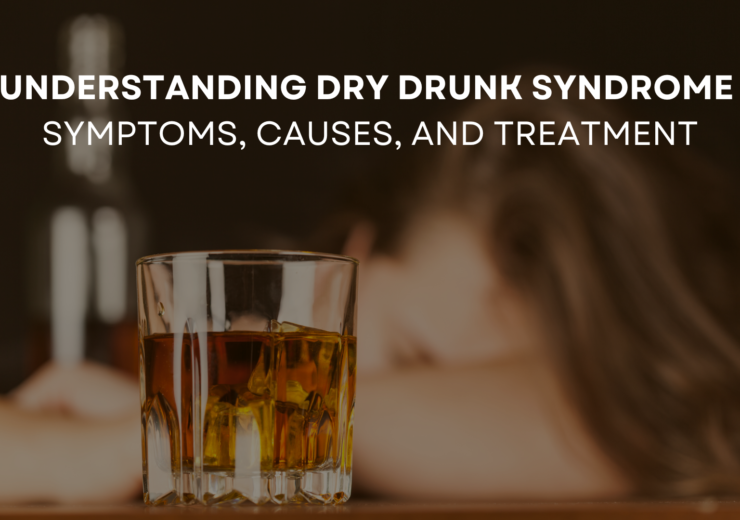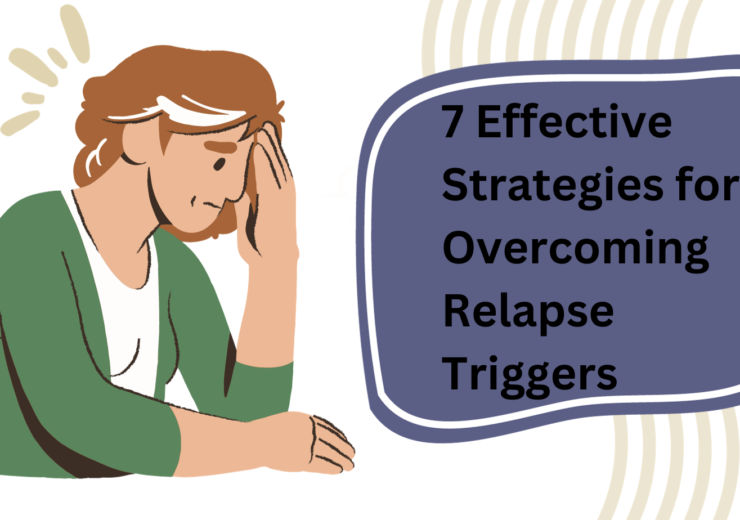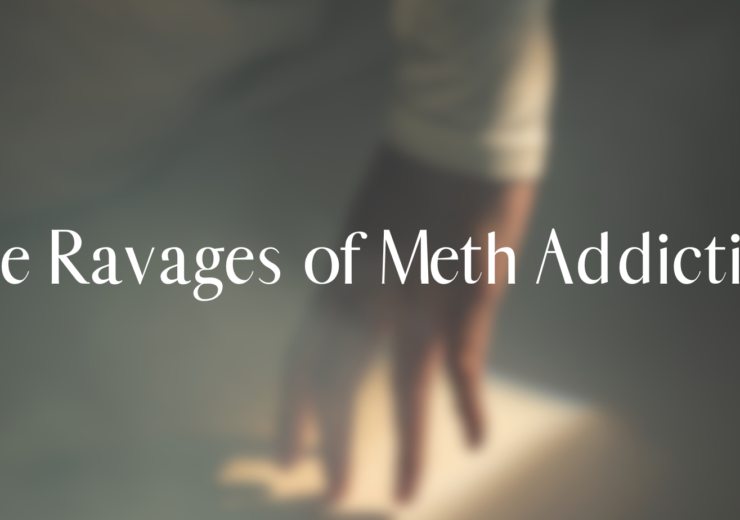Wondering how long do drugs stay in your body? The duration that drugs stay in your body can vary depending on various factors, including the type of drug, the dosage, frequency of use, metabolism, and individual characteristics.
It’s important to note that different drugs have different elimination rates from the body. Some drugs may leave the system quickly, while others can stay detectable for longer. Knowing the approximate duration of how long drugs stay in your system can help you make informed choices about drug use, recovery from drug abuse, or navigating drug testing procedures.
Drugs and Their Half-Lives
Understanding the concept of half-lives can shed light on how long drugs remain in the body, especially regarding urine tests. The half-life refers to the time it takes for half of the drug to be eliminated from the body. Different drugs have varying half-lives, which can influence the duration of their presence in urine. For example, drugs with shorter half-lives, such as cocaine, may be eliminated from the body relatively quickly and not detectable in a urine test until after a few days.
On the other hand, drugs with longer half-lives, like cannabis or certain opioids, may remain detectable in urine for an extended period, with half-life often ranging from a few days to 90 days. It’s important to note that urine tests commonly detect recent drug use or monitor substance abuse treatment progress. Understanding the half-lives of drugs can provide insight into the window of detection for drug abuse and aid individuals in making informed decisions regarding drug use and the recovery process.
How Long Do Drugs Stay in Your Urine?
The duration that drugs stay in your urine can vary depending on several factors, including the specific drug, dosage, frequency of use, metabolism, and individual characteristics. Different drugs have varying elimination rates and many factors that can impact the urine test detection window. For example, drugs like marijuana can be detectable in urine for an extended period, anywhere from two to 30 days or more, especially with regular or heavy use.
Other substances, such as synthetic opioids such as cocaine, synthetic marijuana, or opioids, may be detectable for a short period, typically a few days to a week. It’s important to remember that individual factors and variables can influence drug detection times in urine. Additionally, it’s worth noting that newer and more sensitive drug testing methods can detect smaller drug metabolite levels, potentially extending the detection window.
If you’re concerned about drug testing or the presence of drugs in your urine, it’s advisable to consult with healthcare professionals or testing experts for more accurate and personalized information.
How Long Do Drugs Stay in Your Body and Blood?
The length of time drugs stay in your blood can vary depending on several factors, including the specific drug, dosage, frequency of use, metabolism, and individual characteristics. Different drugs have different elimination rates and many factors which can affect the duration of their presence in the bloodstream. For alcohol withdrawal, for instance, substances like alcohol or stimulants such as cocaine may be detectable in the blood for a relatively short period, typically a few hours to a couple of days.
On the other hand, many drugs, with longer half-lives, such as certain opioids or sedatives, may remain in the blood for an extended period, ranging from a few days to several weeks. It’s important to note that the sensitivity of the testing method also influences the detection window for most drugs already in the blood.
If you’re undergoing blood testing for drugs or have concerns about the presence of other drugs specific substances already in your bloodstream, consulting with healthcare professionals or testing experts can provide you with more accurate and personalized information based on your particular circumstances.
How Long Do Drugs Stay in Your Saliva?
When it comes to how long drugs can be detected in your saliva, it depends on a few factors that are unique to each individual. Different drugs have different detection times in saliva, varying based on the amount of illicit substance used, how frequently it’s used, your metabolism, and other personal factors. For example, marijuana, cocaine, amphetamines, and opioids can usually be detected in saliva within a short time after use, typically ranging from a few minutes to a couple of hours.
The detection window for these three drugs detected in saliva usually extends from 90 days to 24-48 hours, but it can vary depending on the specific circumstances. Keep in mind that the sensitivity of the testing method also plays a role in determining how long drugs can be detected. Saliva drug tests also are often used in situations like roadside screenings or workplace drug testing to check for recent drug use.
Suppose you’re concerned about a saliva drug test or have questions about drug detection in your saliva. In that case, it’s best to speak with healthcare professionals or testing experts who can provide more personalized information based on your situation.
How Long Can Marijuana Be Detected in Your System?
The duration that marijuana can be detected in your system depends on several factors, including body fat, liver and kidney function, and the type of drug test used. Among the commonly used drug tests, urine testing is the most common method to detect marijuana use. Typically, marijuana can be seen in urine for up to 30 days or more, especially in individuals with higher body fat levels.
However, it’s important to note that frequent or heavy use of marijuana can lead to longer detection times. Other factors like metabolism and hydration levels can also influence the detection window. It’s worth mentioning that saliva and blood tests can detect marijuana for a shorter period, usually up to a few days after the last dose or use.
It’s essential to remember that drug screening methods may vary, and different tests have different sensitivities and detection limits. Suppose you’re concerned about drug detection or undergoing a drug test. In that case, consulting with healthcare professionals or testing experts can provide more accurate and personalized information based on your specific circumstances.
Can You Eliminate Drugs From Your System Faster?
When eliminating drugs from your system faster, there are a few factors to consider, especially if you’re concerned about passing a drug test. While there’s no guaranteed way to speed up the elimination process, certain strategies may help. Staying hydrated by drinking plenty of water and engaging in regular physical activity can support your body’s natural detoxification processes.
However, it’s important to note that these methods may have limited effectiveness, particularly for substances like stimulant drugs. Additionally, abstaining from drug use and avoiding alcohol abuse can lead to a faster elimination time. Remember that the specific drug, dosage, substance abuse frequency, substance use, and individual factors can influence how long drugs are detected in your system.
Consulting with healthcare professionals or testing experts is highly recommended for accurate and reliable information on drug elimination and passing standard drug tests. They can provide personalized guidance based on your specific circumstances and help address any concerns you may have about drugs being detected in your system.
Let Emmaus Medical & Counseling Help You Today
If you’re seeking professional assistance, medical supervision, and support for your health concerns, we at Emmaus Medical & Counseling are here to help you. Our team of dedicated healthcare professionals is committed to providing comprehensive care and guidance to individuals in need, just like you. Whether you’re struggling with mental health issues, addiction, or any other medical condition, we offer a range of services tailored to your needs.
From therapy and counseling to medication management, our compassionate and experienced professionals are here to support you on your journey toward better health and well-being. Don’t hesitate to contact us at Emmaus Medical & Counseling and take that vital step towards a brighter future. Your well-being matters to us, and our dedicated team is ready to provide the support and care you deserve as you face withdrawal symptoms.



















